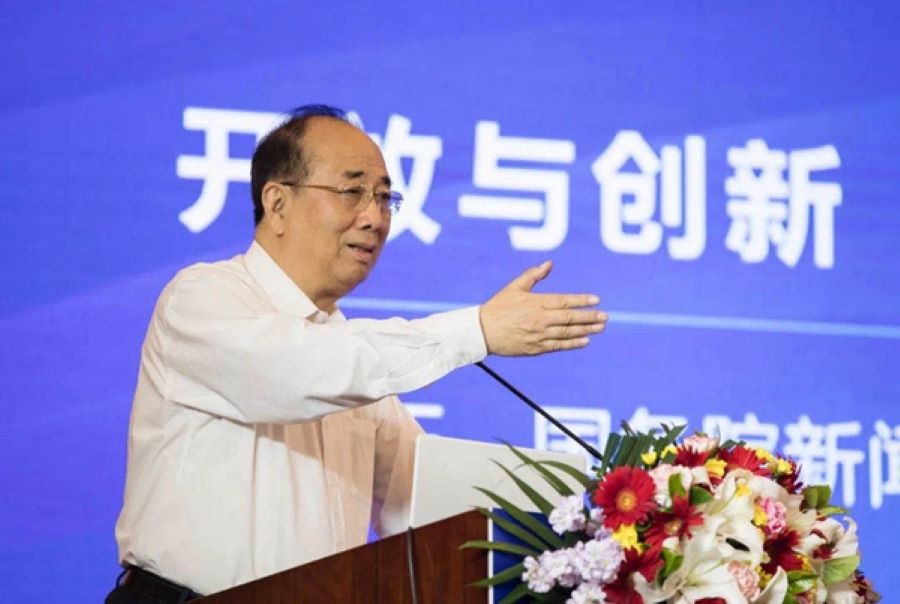Pudong: A metropolis designed beside a globe


An international city should be a hub for international trade, international financing, information exchange and international transport. Back then, no Chinese city can be compared with international cities like Paris, New York, London, Tokyo and Singapore. Our GDP was very low and could not even make a stable international call. We once had a phone call test. For every 95 international phone calls made from New York city, only one could not get through; while for every 100 international phone calls made from Shanghai, only five could get through. This was an example as to why Shanghai could not be called as an international city. I even consulted with AT&T about telecom modernization.
has a vast territory with a lot of regional differences. As special economic zones and new areas in the coastal region were granted privileged policies, there were some criticisms. Dr. Kissinger asked me why special economic zones were only found in developed regions instead of developing ones. I gave him an example: for the same amount of wheat planted, Pudong's harvest is twice as much as that in northwestern regions. Which region can drive real progress? He agreed but said it might cause political problems and more regional imbalances.
We had done a lot of thinking on how to introduce Pudong to the world. Instead of presenting it only as a new area in China, we emphasized its position in the world. We introduced it as part of the Asia-Pacific economic corridor, which starts from Tokyo and all the way to Seoul, Shanghai, Taipei, Hong Kong and Singapore. At that time, the total GDP of these cities and their neighboring areas accounted for 15% of the whole world. As Shanghai is in the middle of this economic corridor, investment in the city can help attend to businesses in northeast Asia and southeast Asia. It was quite persuasive. We also stressed that we were not only driving economic or project development but also social progress. Despite limited funding, we tried to spend more on building schools and hospitals. That is basically what we have planned in Pudong.
I don't like to use figures to describe Pudong's development, because that may get people confused and does not tell our characteristics. People may ask what does Pudong differentiate itself from Shenzhen and the Four Asian Tigers? They all have export processing zones, but Pudong has other unique features.
The most important thing for the development of Pudong is our basic idea. It's not about GDP, highway, or power output, and it's about how we conceive the idea of development. The first one is to think about the development of Pudong standing next to a world globe, that is, we must design Pudong against the background of economic globalization. The second idea is that the development of Pudong cannot be specified in a certain area, it must be all-embracing and cover the whole sphere of our society. And the third, we didn't have much money then, so we have to attract foreign investment and seek external financing. And because we didn't have money, we have to sort out a priority for development and also a priority for land supply. So, that's why we choose to develop infrastructure first - cities cannot live without water, electricity, gas and transportation. And then finance. We tried to attract big international banks by leasing them land with good locations. Of course, we needed to develop high technology.
While Mr. Trump keeps complaining about forced technology transfer, based on my own experience, I don't think we "forced" anything during my stint in Pudong. For starters, the automobile industry was very poor in China back then. In more than 20 years, the Shanghai Auto Works only produced 100,000 cars. So we went to Toyota and asked for technological cooperation, but they told us that we were not ready to make cars, and buying would totally suffice. They told us that based on Japan's experience, it would take a few more years before we could actually produce cars. We went to Toyota for a couple of times before they got restive, so we took another shot with Volkswagen. The Germans were quite explicit that we could build our own cars as long as we met two requirements. First, we bought their intellectual property rights, and second, we utilized home-made parts after they were tested & qualified in accordance with German standards, simple math!
When we were almost successful in manufacturing the first Volkswagen Santana, we went to Toyota again and were refused again. Probably they felt we still couldn't work things out even the Germans had come to help. At that time, Ford and GM showed up, both boasting they had the best technology to offer, and both promising to give us their newest models. Why? Because they knew we were already working with Volkswagen, meaning that if they didn't give good technologies, they probably would lose out to the German carmaker. Of course we did have one requirement -- joint venture. And yes, those companies did share with us their technology, but we didn't force anything. They were both competing for the opportunity to seal a deal with us.




































